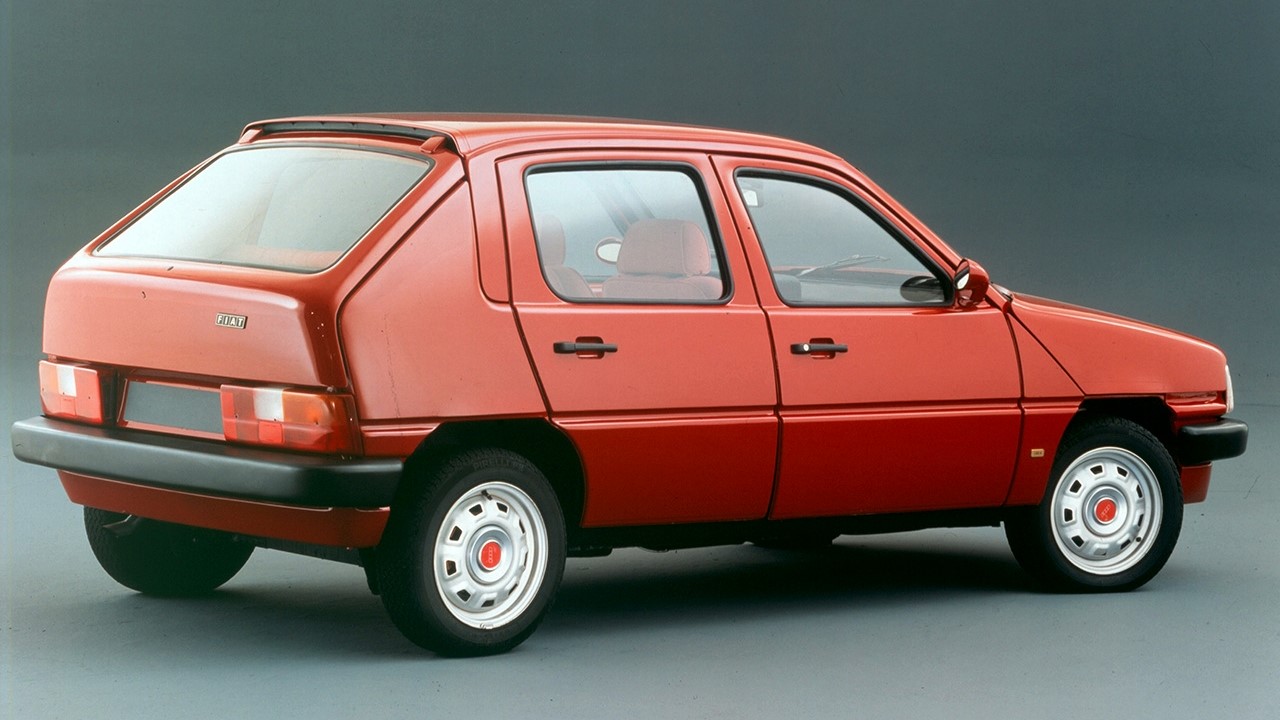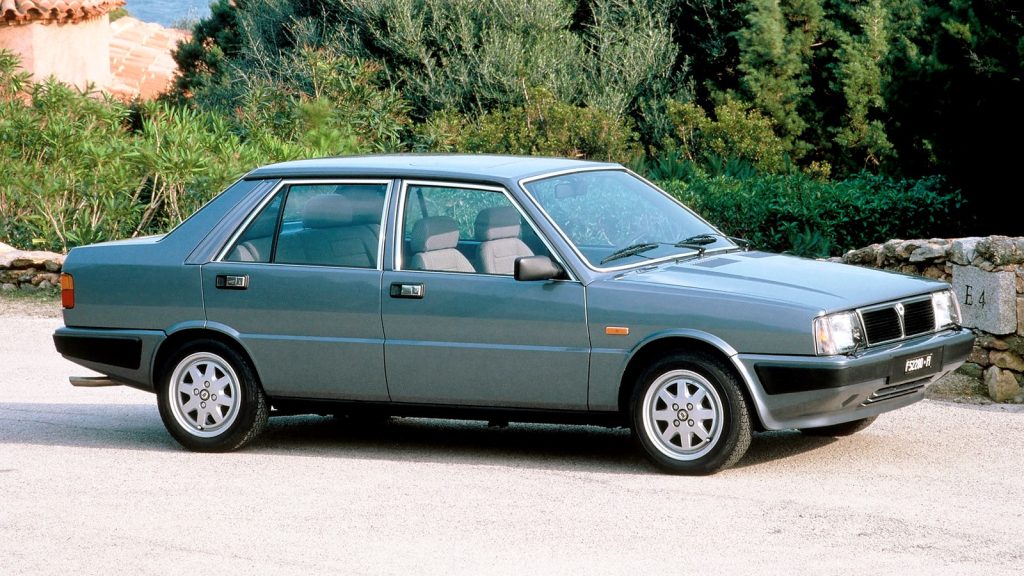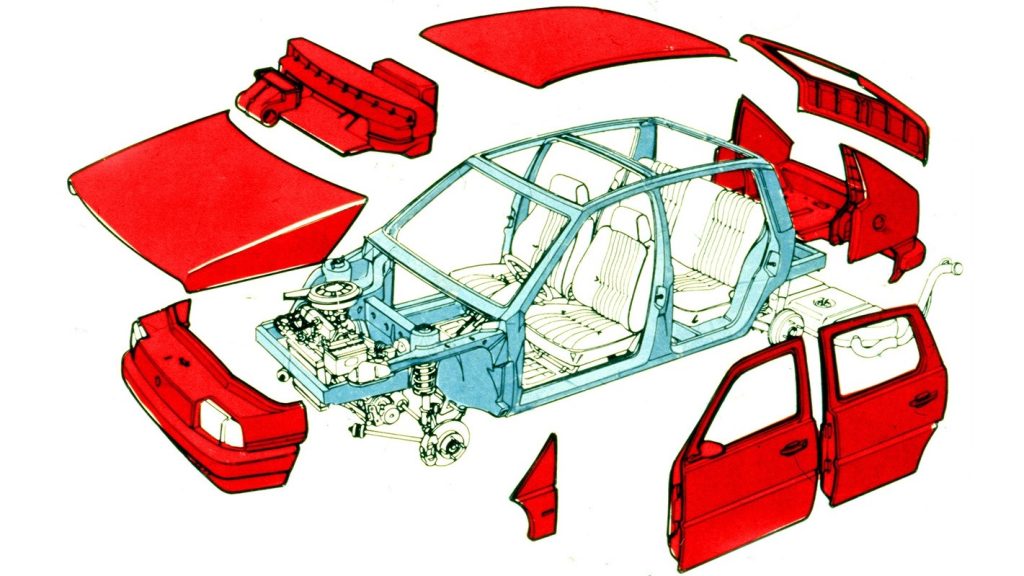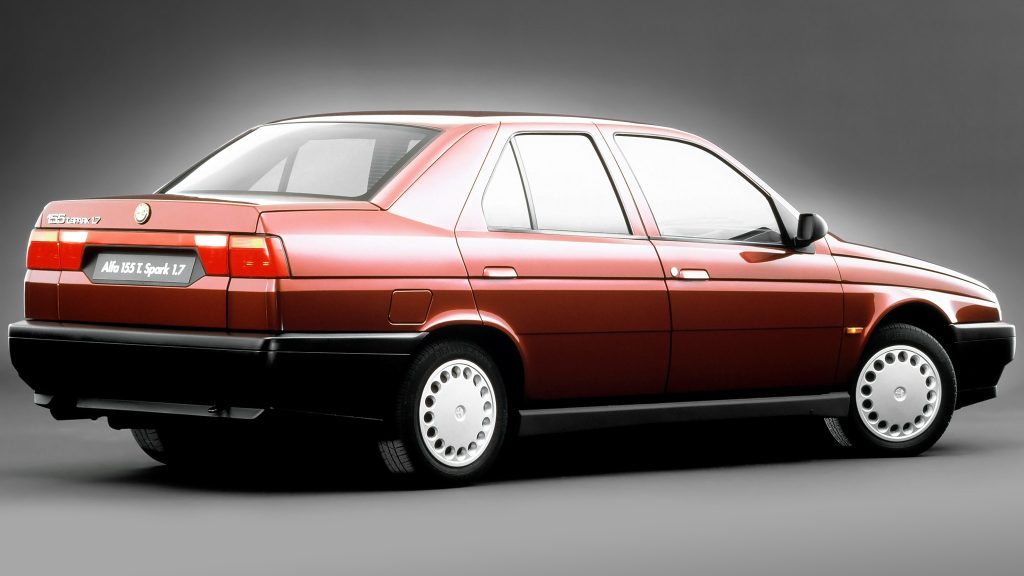Architect Renzo Piano and I.de.A institute co-created the modular platform, an essential component of modern cars

Mercedes-Benz has the MRA. Peugeot has the EMP. Renault has the CMF. Volkswagen has the MQB. Even Rolls-Royce has one, albeit with a more glamorous name: Architecture of Luxury. Most of those automakers even have more than one. Those are all examples of a modular platform, something that now appears on all types of automobiles.
Learning about them is usually difficult because it is impossible not to stumble across proprietary information of each one’s manufacturer. The press tends to define them as “one structure used for several car models”. However, that leaves too much for the imagination: which parts are exclusive of each car? What are the common ones for all of them?
If you read my articles frequently, you will probably have already noticed that I like Fiat’s work. I was researching some details for another topic, which I will publish in the future, when I found something that deserved priority. The Italian automaker took part in the invention of the modular platform.

What was the background here?
In the 1970s, the automotive industry was growing and that created pressure on the industry to make cars more affordable. The oil crisis made that situation worse because companies needed capital to create fuel-efficient cars but people could not spend much. It was necessary to rethink how cars were designed.
To be honest, companies already employed modularity to some extent; it was obvious that creating demand for a certain part would increase its production volume and that would reduce its cost. However, most cars would only share secondary parts by then, which did not create the necessary economy of scale.
Fiat has always focused on compact cars, so it had a specific interest in boosting that economy of scale. Therefore, it acted on that by commissioning a project to the Institute of Development in Automotive Engineering (I.DE.A). The companies used the Ritmo as the base for the red concept car you saw on the first picture.

Was the VSS a modular platform?
In short, there was a core structure to which elements would be attached. The material chosen then was steel because of its balance of high resistance, ability to absorb energy, and reasonable cost. Since the structure would be the only common part, all static and dynamic loads would be of its sole responsibility.
Having a fixed structure would limit the room mostly for engine and seats. In the long run, however, it was possible to solve that by having more options of core structures which would eventually be different product lines. The important part here is that this concept minimized the number of fixed parts, which naturally made it flexible production-wise.
Having that cleared, the rest was freedom for designers. Front, side, and rear would use attached elements which did not bear loads, so they could take any shape. While the concept itself featured a rather inexpressive design, it would be easy to give it new style, different body styles and even adapt it to different brands of the group.
How was that better?
The video above shows that typical unibody structures made almost the entire car; the sheetmetal would essentially cover them. Any changes would demand altering the unibody and retesting its resistance, which implied huge amounts of time and money. Variations of a project were almost as complex to create as wholly independent projects.
Basically, the VSS made unibody and body-on-frame meet halfway: the design required attaching almost all components to a strong cage. Another important point was to produce body panels in plastic in order to make them cheaper, lighter, and easier to replace. In other words, the project decentralized functions that used to belong to the body.
The long-term advantages would be more efficient production, since the parts were less interdependent; easier adaptation to changes such as visual updates or the development of new models; more fuel efficiency thanks to the reduced weight; and longer lifespan because plastic is much more resistant to weather adversities than steel.

How was the modular platform applied?
Fiat was so excited about such prospects that it delegated the entire project of the Ritmo’s replacement to I.DE.A. The Type Two platform was first employed in 1988 with the Tipo, then proceeded to spawn several midsize cars for Fiat, Alfa Romeo and Lancia over the following years. Some of them used the long-wheelbase sister, Type Three.
Here, although steel was the top selection for the body panels as well, it is easy to identify similarities between many cars: 155, Delta, Dedra, Tipo, and Tempra, for example, have doors that only differ in trim details. On the other hand, it was possible to develop unique front and rear ends for each of those without driving up costs.
The modular platform allowed the Fiat group to live what I consider its best phase before merging with other companies: it participated in the generalist market with three main brands and managed to build a distinctive image for each one. The C platform, which succeeded it in the late 1990s, kept up with that pace for some years.

Does the modular platform have drawbacks?
We can mention that relying only on that structure for physical protection was a problem because the ever-stricter safety regulations would gradually make it heavier and/or more expensive. The only way to mitigate that effect would be making the panels somewhat resistant, but either way would erase the initial advantages of the project.
The Fiat Group’s cars had mixed reviews mostly because of each one’s content and market strategy. The concept of modular platform went on to become the global norm as it is today, but not without changes. The participation of other companies brought new points of view and continuously transformed what we know as modular platform.
Current models focus on unifying the structure for components which are not related to the design, such as engine, transmission and suspension. While that solution may not be as cost-efficient as the original idea, the fact that it allows even more freedom to differentiate each car model makes it potentially more profitable in the end.

While the VSS concept itself was just a quirky compact hatchback, it paved the way for a big change in how the automotive industry works. Have you read or heard anything else about that project? Do you have anything else to mention about modular platforms in general? Feel free to share your thoughts through the comment button below!
Sources
- 1981 Fiat VSS Concept — TestDriveJunkie
- Fiat VSS — Motor1
- Fiat VSS Concept — Influx
- The Fiat Tipo introduced platform sharing but forgot about pizzazz — Hagerty
Danillo Almeida has explored his passion for cars in two distinct ways. The first one is his graduation course in Mechanical Engineering, which will hopefully lead to a job position in the field. The other one is expressing his knowledge and opinions on the matter through writing. Almeida has already contributed to blogs, stores, and websites in general writing automotive content in many formats.



